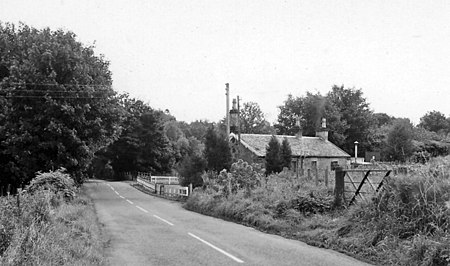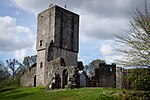Blanefield railway station
1867 establishments in Scotland1959 disestablishments in ScotlandDisused railway stations in Stirling (council area)Former North British Railway stationsPages with no open date in Infobox station ... and 4 more
Railway stations in Great Britain closed in 1951Railway stations in Great Britain opened in 1867Scotland railway station stubsUse British English from December 2019

Blanefield railway station served the village of Blanefield, Stirling, Scotland from 1867 to 1959 on the Blane Valley Railway.
Excerpt from the Wikipedia article Blanefield railway station (License: CC BY-SA 3.0, Authors, Images).Blanefield railway station
Station Road,
Geographical coordinates (GPS) Address Nearby Places Show on map
Geographical coordinates (GPS)
| Latitude | Longitude |
|---|---|
| N 55.9878 ° | E -4.3265 ° |
Address
Station Road
Station Road
G63 9AN
Scotland, United Kingdom
Open on Google Maps








